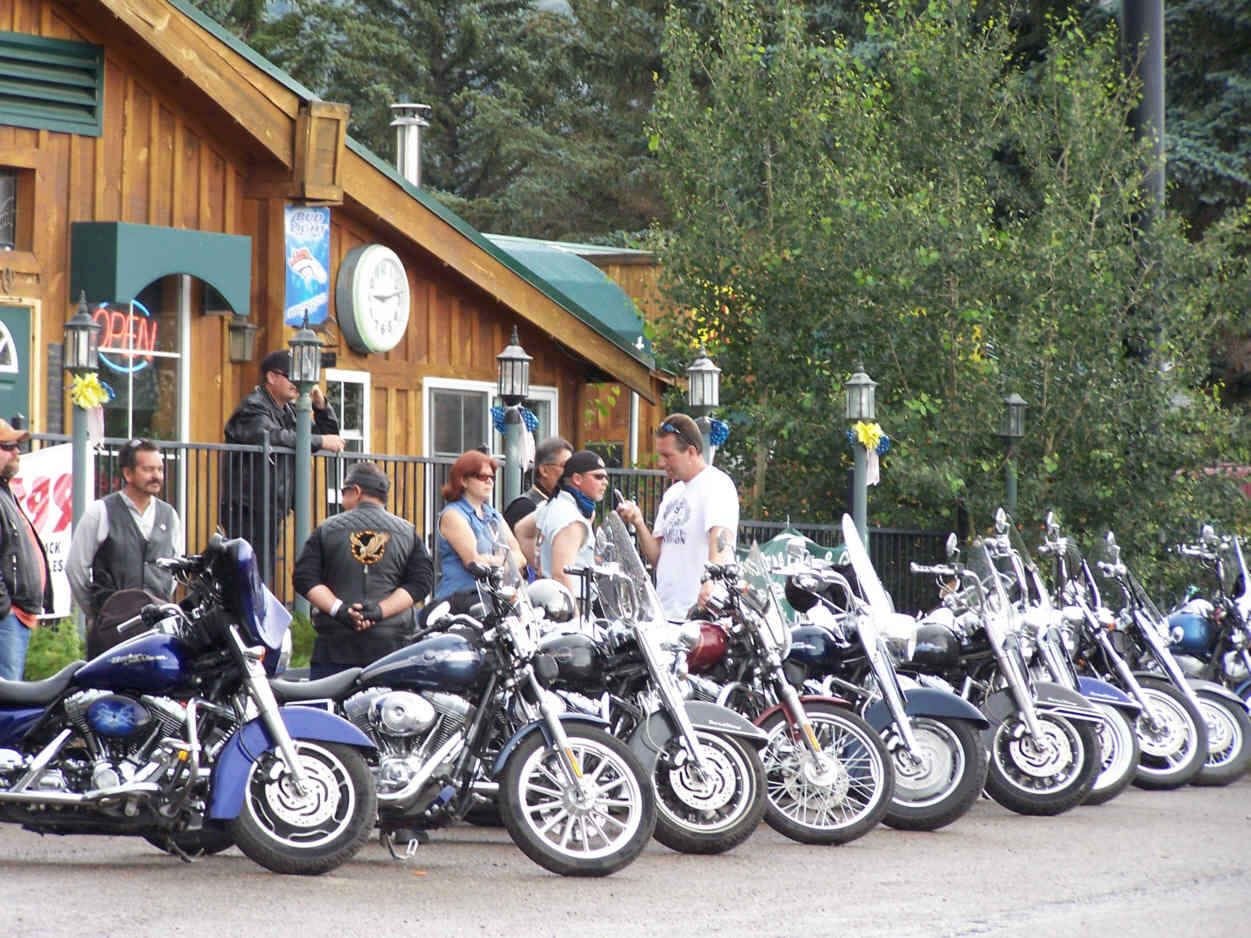To-Go Cocktails, COVID is Calling Our Bluff, Harley Davidson Dealerships & City Life in WWII (Cafe Society Dinner Discussion #2)

We’ve been seeing lots of signs around town selling To Go Cocktails, and it got me thinking - COVID is calling our bluff. It’s making us admit what we are REALLY paying for when we do certain things. We don’t go to bars for drinks, we don’t go to restaurants for food. We go to be out in the world. I was willing to buy those margaritas at a 1000% markup due to the people, not because their margaritas were that amazing. In the run-up to launching Maxwell I occasionally get into a discussion with someone who insists they pay for $25 cocktails because the mixologist is superior, they pay for their Soho House membership because they really like the spaces, etc., without realizing these things are really just proxies - you are paying for the curation of people. Other examples - how many people are actually tuning into online sermons without the in-person social interaction of church? How many people are going to tune into virtual conferences when the real reason they showed up was the networking?
Quick Reminder - Our Quarantine Coffees.

We have so many friends with amazing stories and life experiences, and we want to introduce you all to each other.
What We’re Reading
In case you missed it, Our Own Announcement Post on Medium about what we're doing at Maxwell, and our last STLFT Newsletter.
Fred Wilson is a well known VC and echos what we’ve been saying: “I have heard a number of people assert that this pandemic, when we are staying home and working, learning, and playing online, will rapidly increase our comfort with and usage of the virtual world.
I beg to differ. I think this pandemic is showing all of us how much we crave being in real life.”
Can City Life Survive Coronavirus
Great article on what cities mean for us when it comes to social gathering and connection. I particularly enjoyed this anecdote about World War II keeping limited social spaces open, and how people clamored to them regardless of the danger.
”The exception was London’s National Gallery, whose director persuaded authorities to let him keep one painting on public view (the picture was periodically changed, so people had reason to return). The gallery also organized a series of lunchtime classical music concerts.
Going out meant risking life and limb. But Londoners waited in lines that stretched out the front door of the gallery and across Trafalgar Square, hoping for seats. When a German munition fell on the gallery shortly before one concert, the audience and musicians relocated across the square to South Africa House. A few days later, when a 1,000-pound unexploded bomb was discovered in some rubble outside the gallery, the event was moved to a distant room and no one budged when the device was detonated during a Beethoven quartet.”

We’ve been delving into the history of how top companies used community as a moat over history, and found this history of the Tupperware party fascinating. In short, the model was actually pioneered by another company called Stanley Home by a woman named Brownie Wise, who was largely written out of Tupperware’s history. Tupperware parties not only served as a way for women to build a business in the post-war era where many were expected to return to the homes, it was a source of community that created a moat to Tupperware’s business.
28 Stunning Architectural Kitchen Islands.
Playing into Maxwell’s “Kitchen Islands, Not Bars” theme, we’ve been fantasizing about these amazing kitchen islands as we design our own.

James Clear’s newsletter on the perfect space on how we should try to make sure every room has light on two sides.
“Rooms lit on two sides, with natural light, create less glare around people and objects; this lets us see things more intricately; and most important, it allows us to read in detail the minute expressions that flash across people’s faces, the motion of their hands … and thereby understand, more clearly, the meaning they are after. The light on two sides allows people to understand each other.”
How Harley Davidson built their brand community
This write-up by Harvard Business Review is a bit thick, but this paragraph in particular stood out to me: “Both the Harley-Davidson Museum and dealerships were designed to leverage elements of the Patio (a semiprivate place that facilitates in-depth, meaningful connections) and the Bar (a public space that grants reliable but shallow connections) to foster different types of interpersonal connections. By layering those additional scripts over the Tribe foundation, Harley-Davidson was able to build multiple community experiences that appealed to different audiences while retaining a cohesive core.”
It’s amazing to see that Harley Davidson thought about building community so intentionally to literally think about how to design different spaces for different type of social interactions.

I thought the part of this that was the most interesting was the Content to Commerce section, where they point out that Glossier, Goop, Man Repeller, Something Navy all started online communities based around a strong viewpoint who then clamored for them to give them products. Community first, even if digital, products second. Community-as-a-Moat.

An interesting graph on the difference in foot traffic in top cities around the world

The West Virginia town with no wifi or cell phones
Eerie in-depth piece about a town that has no wifi or cell phone service due to a massive telescope nearby, and how families fight over the landline internet like back in the old days.
Comic Relief


